Renewing Australia's ageing housing stock key to hitting net zero, boosting affordability, report says
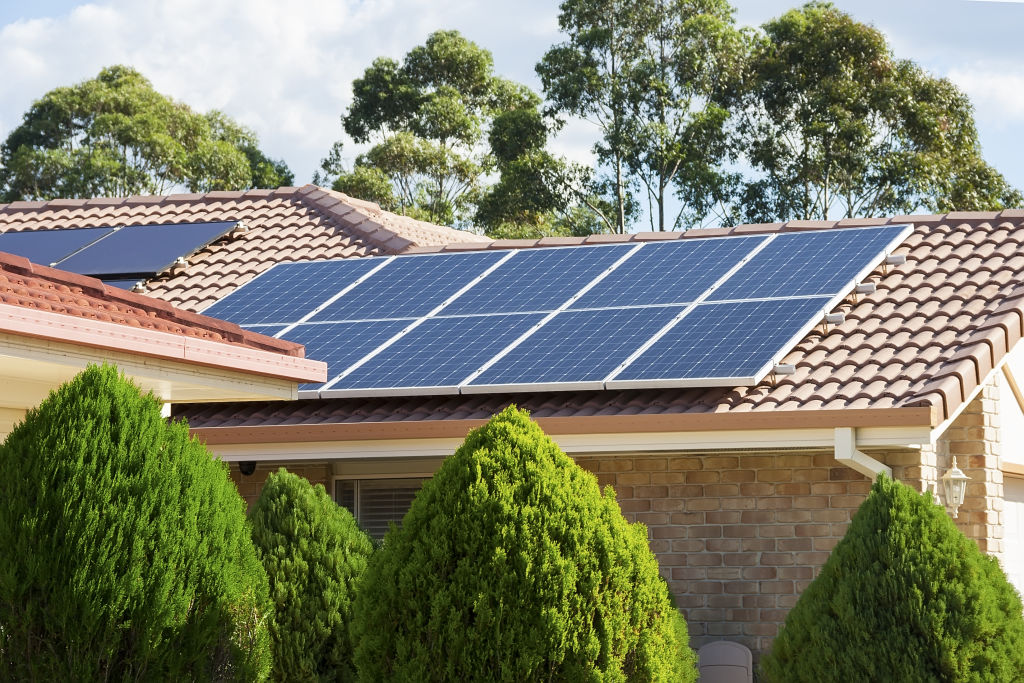
Renewing Australia’s ageing housing will be key to helping the country reach net-zero carbon emissions, a new report says, and have the added benefit of improving affordability while supporting Australia’s economic recovery.
With almost eight million homes across the country built before energy efficiency measures were introduced, Australia needs to ramp up retrofitting and replacement of old homes to avoid missing net-zero by a mile, a peak body for community housing providers says.
PowerHousing Australia – whose members develop and manage affordable housing across Australia – has called for a large-scale nationwide renewal program in its latest annual Australian Affordable Housing E-Scan report, released in partnership with CoreLogic on Thursday.
The repurposing or refurbishment of older, inefficient dwellings was the first step needed to meet net-zero obligations, with the report noting transitioning a property from a two-star energy rating to a five-star rating could reduce the energy used for heating or cooling by 50 per cent.
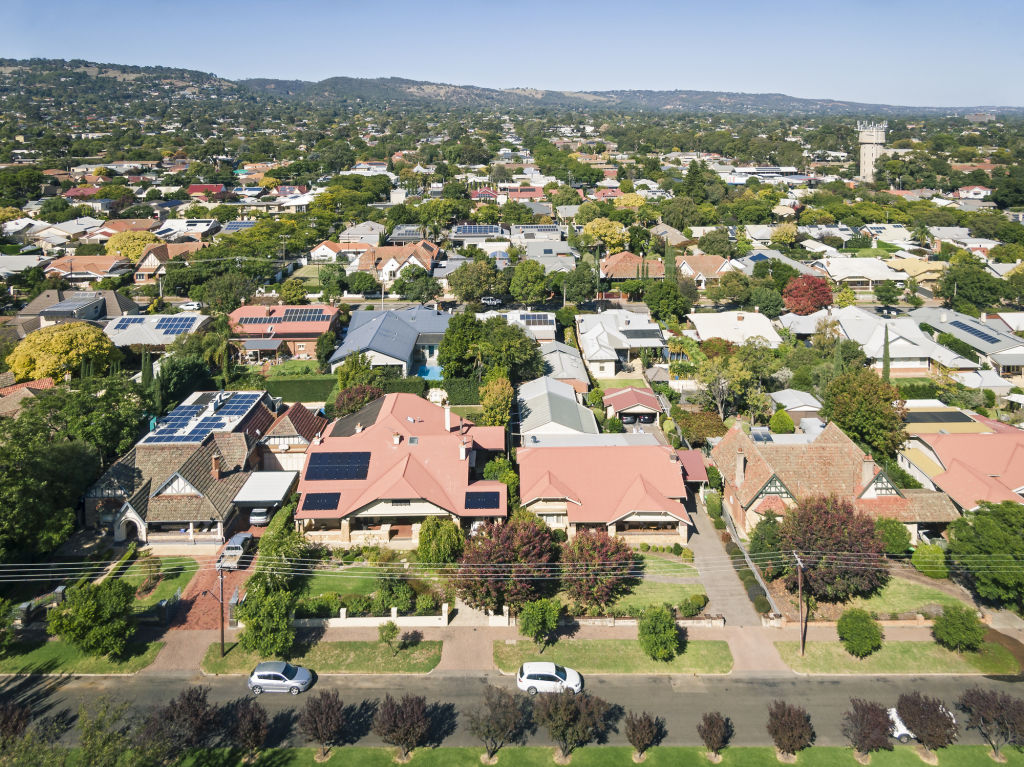
However, it would be preferable for many older homes, particularly those on large, well-located blocks, to be knocked down and replaced with multiple new energy-efficient homes, said PowerHousing chief executive Nicholas Proud.
“An existing ‘old’ standard house can make way for up to three new highly energy-efficient, accessible and well-located dwellings, a proportion of which can go to meeting the surging demand for more social and affordable housing,” Mr Proud said.
Rebuilding would be more affordable and effective than trying to retrofit some properties, Mr Proud said. It would also boost housing supply, increasing much-needed affordable housing and supporting the construction pipeline once the current phase of government stimulus activity ended.
An immediately actionable and viable solution was to renew existing and well-located social housing sites that are past their best use-by dates, replacing them with modern townhomes that are higher in energy efficiency, accessibility, and density, the report says.
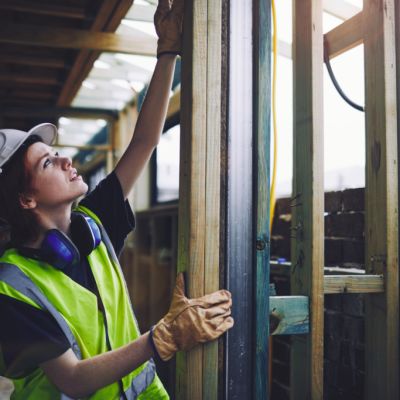 The simple ways to reduce housing’s carbon footprint
The simple ways to reduce housing’s carbon footprint HomeBuilder: Eight ways that $688 million could be better spent on housing to stimulate the economy
HomeBuilder: Eight ways that $688 million could be better spent on housing to stimulate the economy Minimum energy standards needed for rental properties ahead of climate crisis, experts warn
Minimum energy standards needed for rental properties ahead of climate crisis, experts warn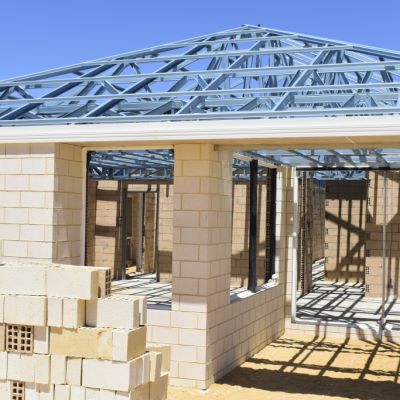 Not easy being green: Australia is still building four in every five new houses to no more than the minimum energy standard
Not easy being green: Australia is still building four in every five new houses to no more than the minimum energy standard
Many of the nation’s 300,000 social housing properties were in need of renewal, Mr Proud said. Poor heating, water and energy efficiency also made older homes more costly to run and could impact the economic, social and physical wellbeing of those already doing it tough.
Increased insulation, solar panels, LED lighting, smart meters, rainwater collection systems, and energy-efficient appliances were among some of the features being used in new energy-efficient affordable housing developments.
As for retrofitting properties, it was a good start that one in four homes had solar installed, mostly for water, Mr Proud said. However, the wider use of solar and glazing insulation was the ‘low-hanging fruit’ that Australian Governments must be bold enough to revisit.
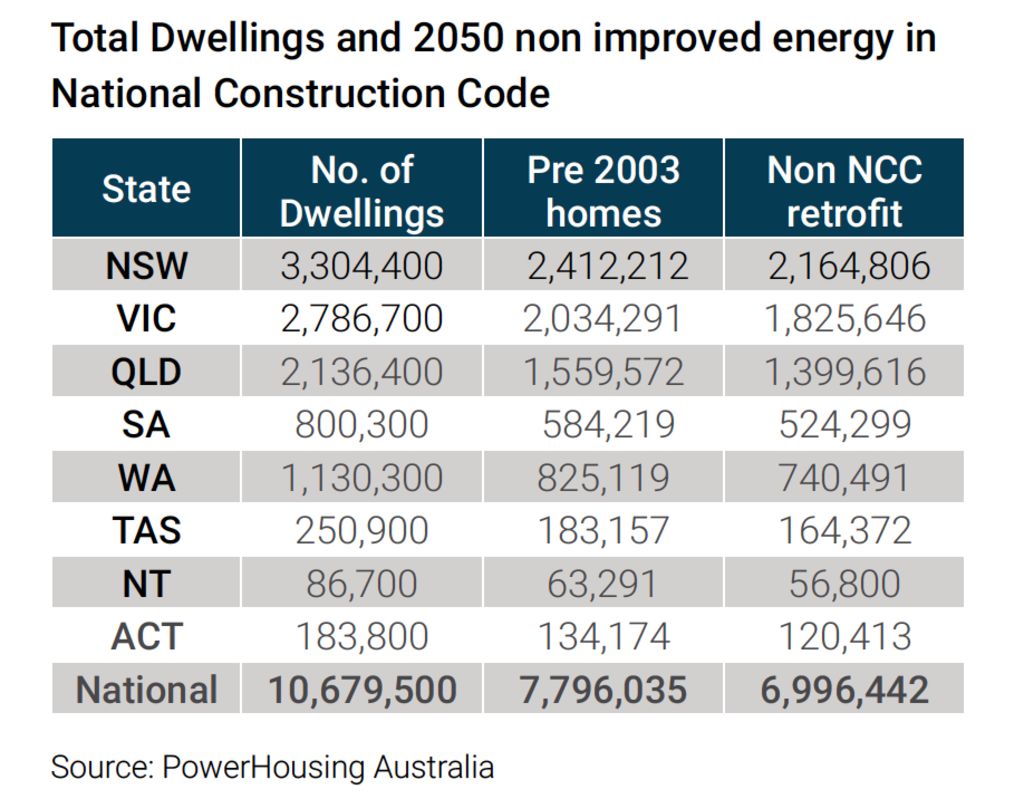
Soaring property prices over the past year had further heightened the need for more social and affordable housing, while lockdowns and more time spent at home had reinforced the unsuitability of Australia’s older homes for lower-income families and younger Australians renting, he noted.
“Countless Australians are only too well aware after months in lockdown that average dwellings are cold in winter, hot in summer and prohibitively expensive to cool and heat. Add to this, these homes are not designed for universal lifelong living, whether that’s accessibility for prams, ageing in place, or living with disabilities,” he said.
With almost 8 million of Australia’s 10.67 million homes now well past their use-by date, Australia faced a “startling challenge”, Mr Proud said.
Buildings in Australia account for about 18 per cent of Australia’s greenhouse gas emissions, and 20 per cent of Australia’s energy use, according to a COAG Energy Council report. And Australia’s long-term emissions reduction plan forecasts there will still be 7 million residences in 2050 that will not be subject to improved energy efficiency in the National Construction Code, due to the long lifetimes and slow turnover of residential buildings.
“A lot of homes people live in could still be the same in 30 years’ time,” Mr Proud said, adding that failing to renew ageing housing stock would ruin any chance of success for net-zero targets until sustainable technology takes over from coal, which is decades away.
Professor Nicole Gurran, an urban planner and policy analyst at The University of Sydney, said there was a need to dramatically increase the supply of social and affordable housing stock and also improve the sustainability of housing being built, for both climate resilience as well as energy performance. Proposals that aim to do both of those things need to be seriously considered.
“The poor environmental performance of housing stock hurts lower-income people more than the general community because homes that are badly insulated and badly designed depend on heating and cooling appliances, and cheaper appliances cost more to run, so you’ve got a double whammy,” Professor Gurran said.
A knockdown and rebuild strategy, where an old, inefficient house is replaced with two or three new homes, could be the right approach to achieving higher densities in lower-density residential settings, she said. It should be limited to well-connected city suburbs rather than car-dependent communities, though, but could also be used to provide a greater diversity of housing in regional communities.
However, retrofitting existing properties would always need to be part of the mix, and an important way to update homes that were not past their used by date. Looking beyond the home, to how we green and better plan our communities and decentralise our cities were also key to improving sustainability, she said.
Australian Council of Social Service chief executive Cassandra Goldie said Australia had an extraordinary opportunity to create jobs and drive a faster shift to a decarbonised economy by upgrading social housing and other low-income housing, including in the rental market, with clean, energy-efficient technology.
In addition to reducing emissions, this would help reduce both poverty and inequality by significantly cutting energy bills, Dr Goldie said.
“Our current policy settings won’t achieve this outcome. This is not a problem that can simply be left to the market. We need firm financial and political commitment from commonwealth and state governments,” Dr Goldie said.
Rather than investing in costly and polluting technology like carbon capture, the government should, for example, be investing in energy efficiency and solar in low-income households which would reduce energy bills by $1200 a year, create thousands of jobs and cut emissions, Dr Goldie said.
“Inaction is not an option. The shift to a clean economy needs to lift all boats, not worsen existing social divides.”
We recommend
We thought you might like
States
Capital Cities
Capital Cities - Rentals
Popular Areas
Allhomes
More







